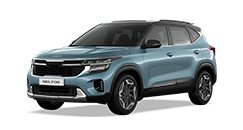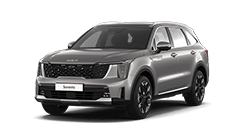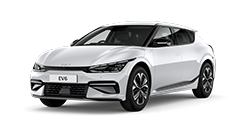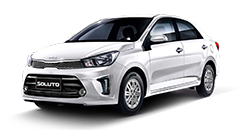open menu
- Home>
- Discover Kia>
- ASK>
- How do electric cars work?
How do electric cars work?
“Electric cars run on electricity supplied by rechargeable batteries. Unlike conventional cars, they employ one-speed transmission because their motor can deliver its maximum torque at extremely low speeds.”
Battery electric vehicles, or all-electric vehicles, rely entirely on electricity stored in the battery pack to drive the wheels, unlike internal combustion engine cars that run on fossil fuels. When a conventionally powered vehicle runs out of its fuel, the owner needs to stop by a gas station to fill up the tank. In contrast, electric car drivers can charge the battery using an external electricity source. Plug-in hybrid electric vehicles house a gasoline or diesel engine as well as an electric motor, but the owners charge the battery through the same method.
Since an electric motor can deliver its maximum torque at extremely low speeds, electric cars employ one-speed transmission, in contrast with conventional cars that need multiple gears. A traditional engine makes its power output at a narrow band of engine speed, so many gears are required to keep the engine speed in the range of its best efficiency.
1) Electric motor: uses electricity from the battery to move the wheels.
2) Battery: stores the electricity needed to power the vehicle.
3) Drivetrain: A single-speed transmission in an electric car transfers mechanical energy from the motor to move the wheels.
4) Charge port: allows the car to be plugged into an external source for recharging.
5) Onboard charger: converts the incoming Alternating Current electricity from the charge port to Direct Current power to charge the battery. It also checks battery conditions and state of charge.
6) Cooling system: keeps the inner parts of the vehicle in a proper operating temperature range.
7) Power electronics controller: controls the speed of the motor and the torque to manage the battery's flow of electrical energy.






